Leonid Afremov urodził się 12 lipca 1955 roku, w Witebsku na Białorusi.
W szkole był uważany za inteligentnego i utalentowanego ucznia. Interesował się historią i sztuką.
Leonid ukończył z wyróżnieniem miejscowe liceum w 1973. Podczas studiów, brał udział w licznych wystawach, jako amator i nawet udało mu się sprzedać część swoich obrazów. Podczas studiów poznał swoją przyszłą żonę - Inessa Kagana. Pobrali się w 1976 roku, a rok później urodził się ich pierwszy syn - Dmitrij.
Po ukończeniu studiów, Leonid Afremov dostał stanowisko projektanta etykiet w lokalnym zakładzie monopolowym. Przez krótki czas pracował także jako scenograf w teatrze. W 1984 przyszedł na świat, jego drugi syn - Borys.
W 1990 roku, rodzina przeniosła się do Ramat-Gan (Izrael). Artysta dostał pracę projektanta migowego w lokalnej agencji reklamowej. Ze względu na ogół wrogiej postawy wobec rosyjskich imigrantów w Izraelu, lokalne galerie oferowały wyjątkowo niskie ceny za obrazy.
Na początku lat 90-tych Dmitrij próbował sprzedawać swoje prace sąsiadom, pukając od drzwi do drzwi. Ku jego wielkiemu zaskoczeniu, pomysł okazał się bardzo dobry.
Leonid wyemigrował do Stanów Zjednoczonych, a w 2007 roku Afremov założył swoją stronę internetową, gdzie można kupić jego obrazy olejne.
Strona internetowa/Website: afremov.com
At school, Afremov showed himself as an intelligent and gifted student and developed great interest in history and art. Leonid graduated with honor from a local high school in 1973. During his college years, Afremov was introduced to his future wife, Inessa Kagan. They married in 1976, and the following year their first son Dmitry was born.
After graduation, Leonid Afremov got the position of a label designer at a local liquor plant. For a short time, he also worked a set designer in a theater. The period of his free-lance career began in the early 1980’s when he started designing themed walls for various events, making propaganda posters for schools and communal farms and creating template sculptures of Soviet politicians. However, this type of work was unavailable in autumn and winter, and Leonid Afremov spent the cold months painting at home. Since he had no access to governmental exhibitions and local art societies because of his Jewish origin, most of his early paintings were sold privately and thus didn’t get wide acknowledgment. At the time, Afremov didn’t keep track of his work, and many of the paintings created between the 80’s and 90’s were lost. In 1984, his second son Boris was born.
The crucial turnaround in the life of Leonid Afremov occurred in 1990, when the family moved to Israeli following the Khrushchev Thaw. Leonid had some relatives in Ramat-Gan that helped him find an apartment to rent. A few weeks after the trip, the artist got the job of a sign designer in a local advertisement agency. After that, he made frames in a gallery shop – a place where he got his first idea of palette knife painting. Because of the generally hostile attitude towards Russian immigrants in Israeli, local galleries offered extremely low prices to buy oil paintings by Afremov. His attempts to get even at local exhibitions and street fairs failed as well.
In the early 90’s, Leonid Afremov was mostly painting in watercolors and acrylic and nearly didn’t use the palette knife. He adjusted to the taste of the audience and worked simply for the sake of money. Even though the family moved to Slashdot, the city of Russian immigrants, Afremov couldn’t find new business opportunities there. He kept putting up with low rates until his teenage son Dmitry tried selling his work to neighbors door to door. To his great surprise, the idea turned out to be highly profitable. Many people agreed to buy Afremov paintings, and the financial situation in the family started to look up.
In 1995, Leonid Afremov earned enough money to open his own gallery in Ashdod. However, it wasn’t popular among local dwellers. Israeli media refused to promote Afremov exhibitions, and the place was repeatedly vandalized. The artist had to advertize via Russian immigrant media and kept exhibiting his work in Russian community centers all over the country. During that period, he already dedicated a lot of time to palette knife painting and started to develop his signature style. At the end of the century, he made friends with Leonid Ptashka, an Israeli jazzman that talked Afremov into painting a series of portraits of great jazz musicians and helped him successfully exhibit the collection.
Thrilled by success, the artist was taken aback by a disaster that happened in 2001, when the gallery in Ashdod was completely destroyed. That urged Leonid Afremov to move to the U.S. in search of better treatment. He deliberately restrained from selling his work while still being in Israel and thus had over hundred of superior palette knife paintings to sell at New York. American galleries showed more hospitality and generosity. They agreed to buy Afremov paintings, but were mainly interested in musician portraits and Judaic motives.
Finally, his son Boris selling Afremov art on eBay, where his paintings proved to be a huge success. Hundreds of people wanted to buy oil paintings by Afremov, and some were ready to pay even a four-digit price. For the first time in his life, Leonid Afremov was free to paint whatever his soul desired. His work was widely acclaimed all over the country. His palette knife paintings appeared in media and were used in psychotherapy as stress-reducing art, he was invited to various TV shows and gained a reputation of a influential contemporary artist.
In 2007, Leonid Afremov launched his personal website, where people could buy oil paintings and prints drawn by his hand.


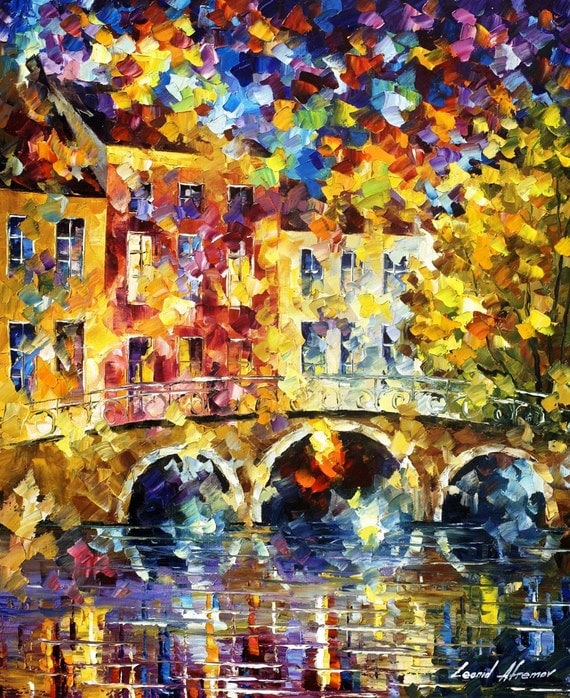
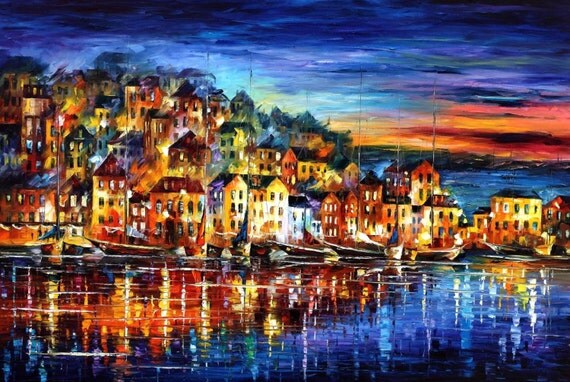
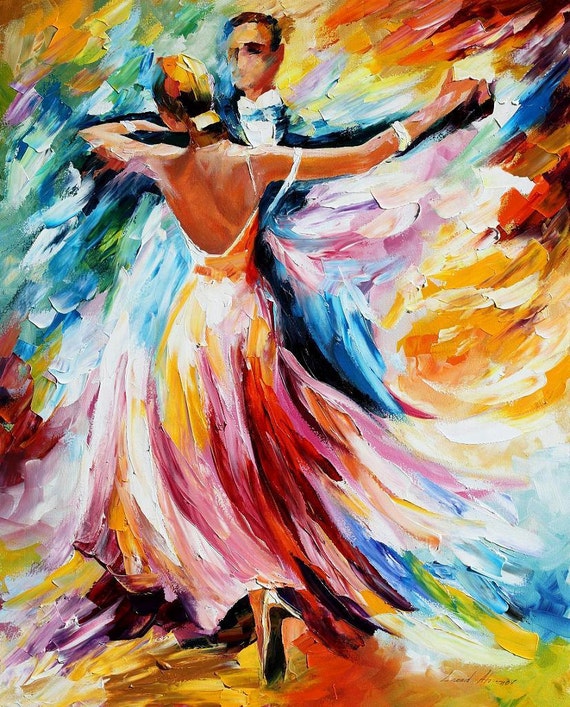
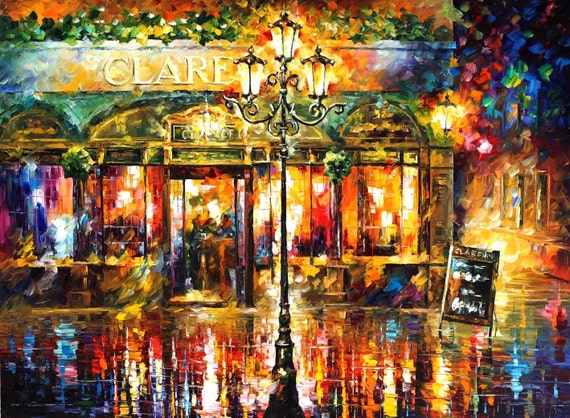
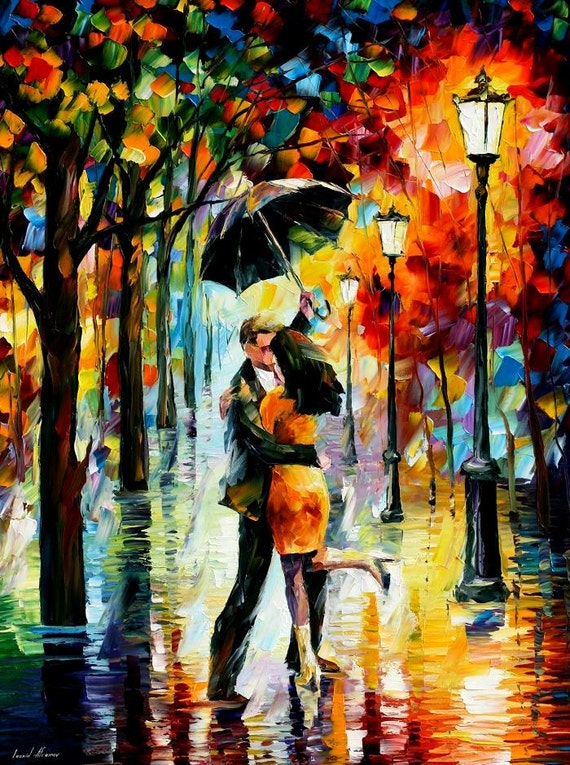
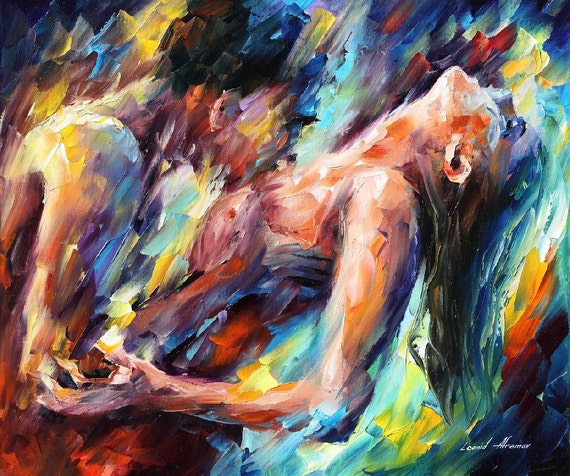
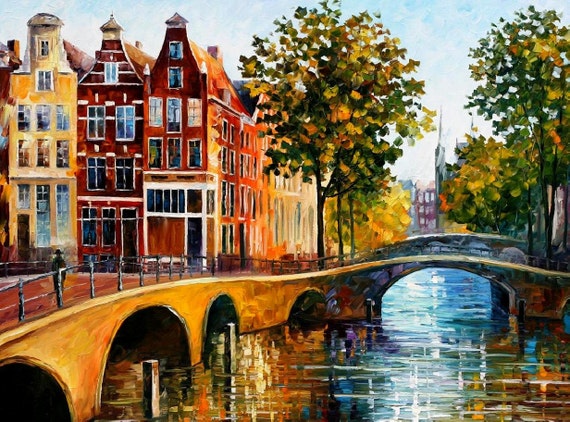

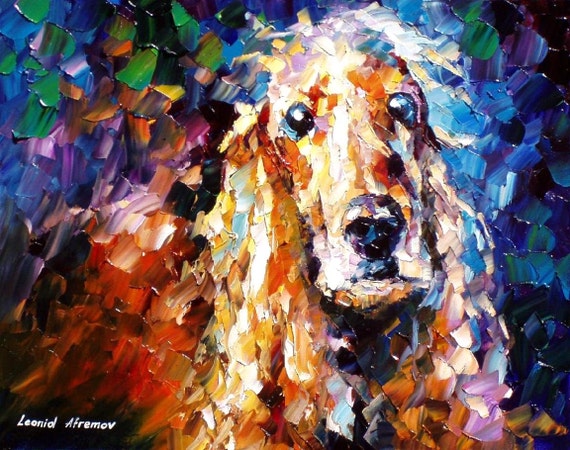
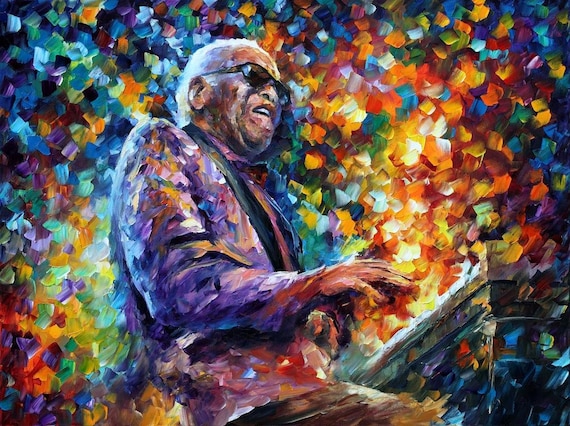
Warto zobaczyc/See also: Charles Pétillon - "Bicie serca" 100,000 balonów. Charles Pétillon - "Heartbeat" 100,000 balloons.


Brak komentarzy :
Prześlij komentarz